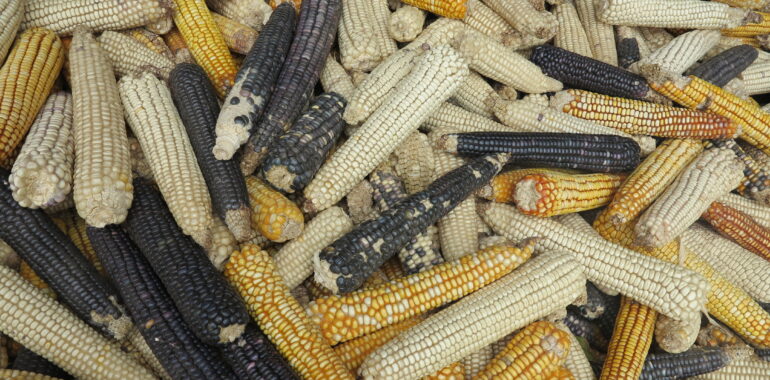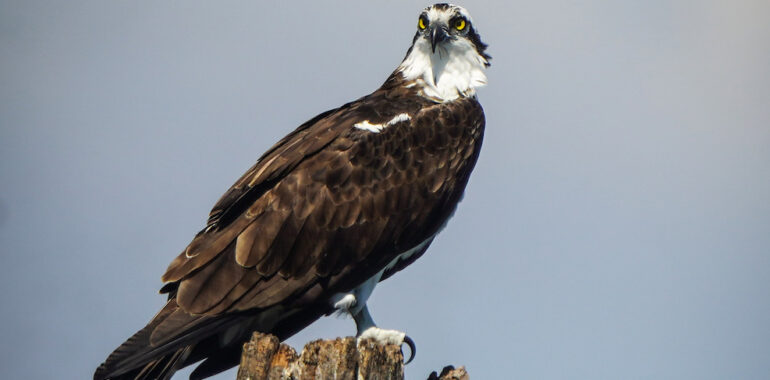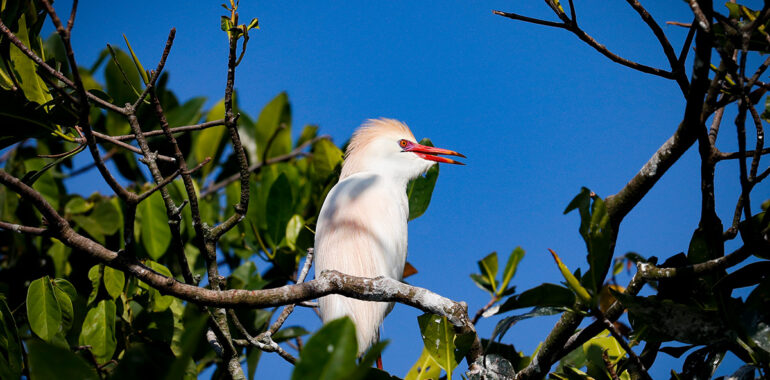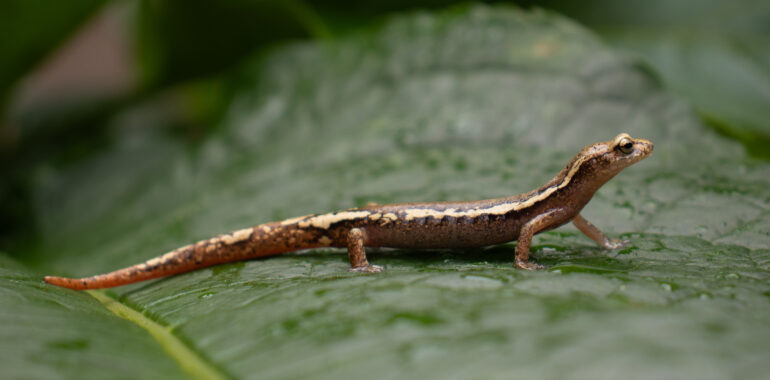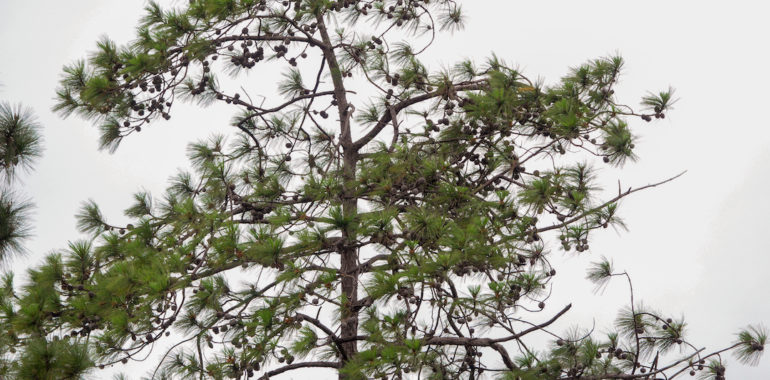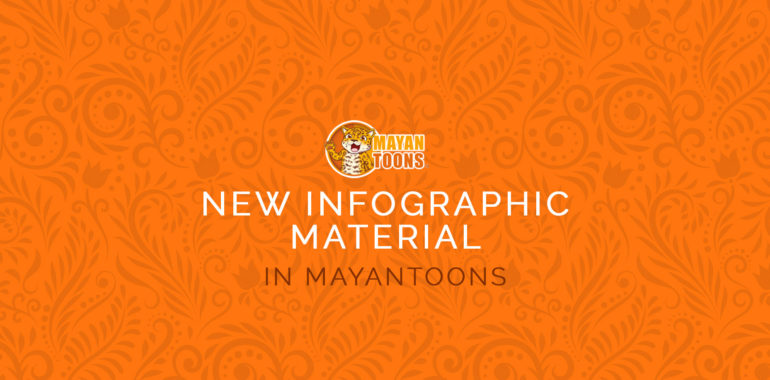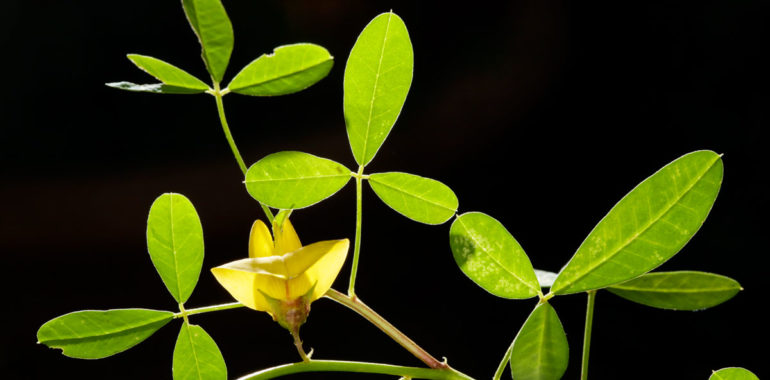Today is National Corn Day in Guatemala, so we figured we could share some interesting facts about the most cultivated grain in the world, and one of the most cultivated crops. Corn comes in different shapes and colors As it is well known in most countries in Mesoamérica, there are corn varieties that produce different…
The impact of noise pollution on birds
Our world is filled with constant noise, which can negatively impact the physical and mental well-being of all living creatures. For birds, noise is a chronic and unavoidable source of stress. While they have endured loud natural sounds like streams, waterfalls, and wind for centuries, human-made noise pollution is a relatively new and concerning phenomenon.…
Symbiosis: Mastering the Harmony of Coexistence on Valentine’s Day
Valentine’s Day is a good day to celebrate love, affection, friendship and all types of relationships, from the most beneficial to those that could be a little harmful. There is no better way to do this than by talking about the relationships that exist in nature and in the ecosystems that surround us. Scientifically, relationships…
How do we celebrate Christmas in Guatemala? Take a closer look at the Native Christmas Species
December is a particular month, full of joy and reflection on what has been accomplished during the year. The fruits and flowers stand out, with their colors and flavors making this season even more special. One of the signs that the end of the year has arrived in Guatemala is to look around and find…
Cobán Climbing Salamander: An Example of How Genetic Differentiation Affect a Species’ Populations
In recent years, biologists have developed a deeper understanding and concern about how the relationship between genetic diversity can influence the population structure of a species. They have understood how geographic and ecological variations often divide species into subspecies or other distinct populations of individuals that are closely related to each other and not to…
“Mano de Piedra” Snake Venom: A Fascinating Journey through Its Toxicity and Changes Throughout Its Life
Guatemala and the entire Mesoamerican region are sites teeming with a rich diversity of fauna and flora. Numerous studies related to these subjects have been conducted in these areas by outstanding Guatemalan scientists. These investigations contribute significantly, not only to science but also to expanding our understanding of the fascinating species surrounding us in Mesoamerica.…
Deforestation and Reforestation in Guatemala
It is popular knowledge that the name of Guatemala comes from the Nahuatl Quauhtemallan, which means “place of forests or many trees”, so we can deduce that this country is an area in which the forest represents the majority of the areas, however , the nation that bears the forest in its name has been…
New Infographic Material in MayanToons
Guatemala is a country with great natural and cultural wealth; however, many people are still unaware of much of the diversity that the territory possesses. One of the objectives of FLAAR Mesoamerica has always been the dissemination of scientific information for both academics and children who want to learn more about the various species of…
Biodiversity in the Popol Vuh
The Popol Vuh, also known as the Book of Counsels or the “Bible” of the Maya K’iche’. The Maya word “Pop” means power or sacred and “wuj” paper or book, so literally means Sacred Book. This book was perhaps written in hieroglyphic characters but the Mayan culture was attacked during the Spanish conquest and most…
A Place Called Mesoamerica
Do you ever wonder, what does Mesoamerica mean? This name appears in the history books we read at school, but the discussion and research about the breadth of its territory and culture needs to be explored even more. The word “Mesoamerica” has a Greek origin for the prefix “meso” which means “between something” or in…

